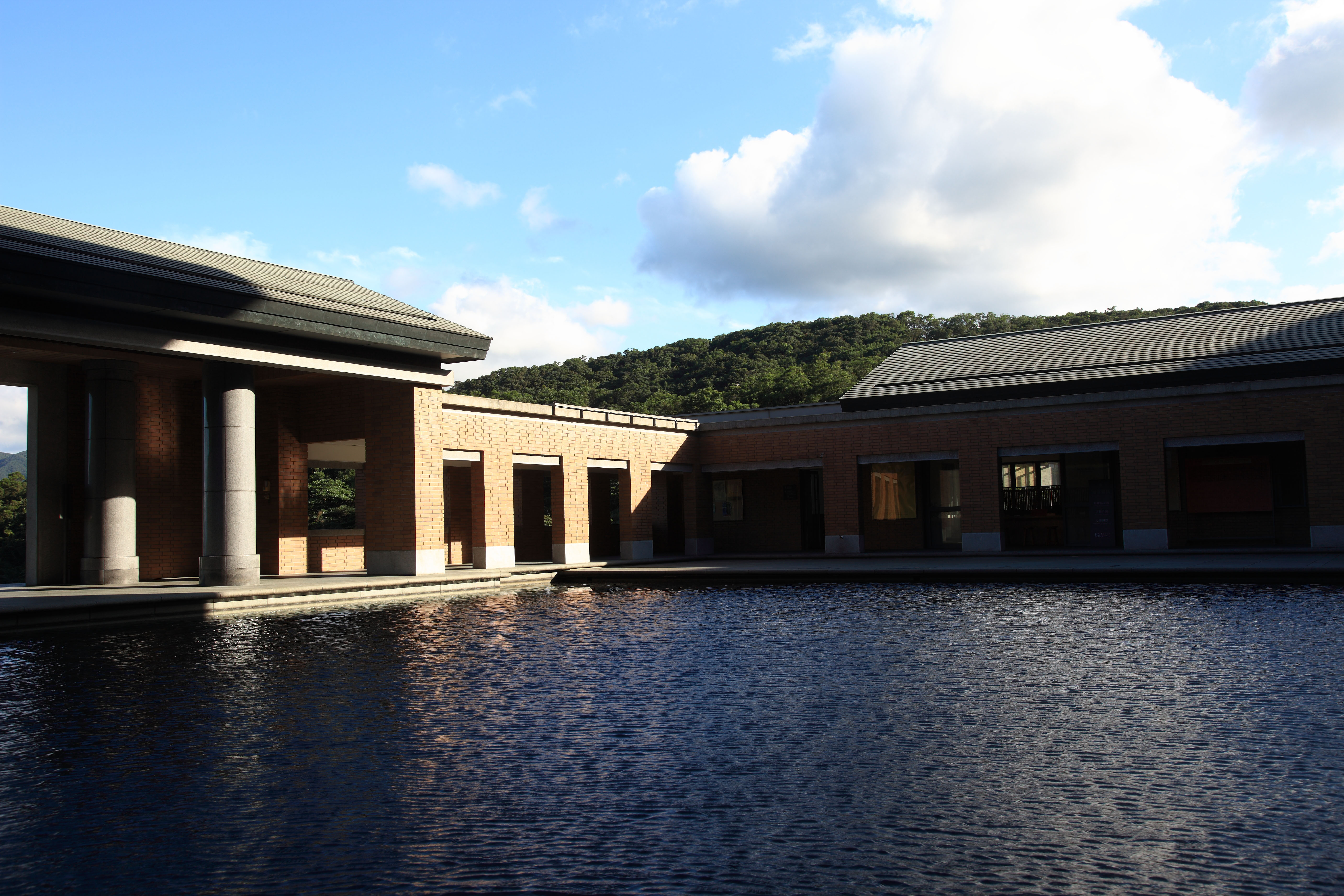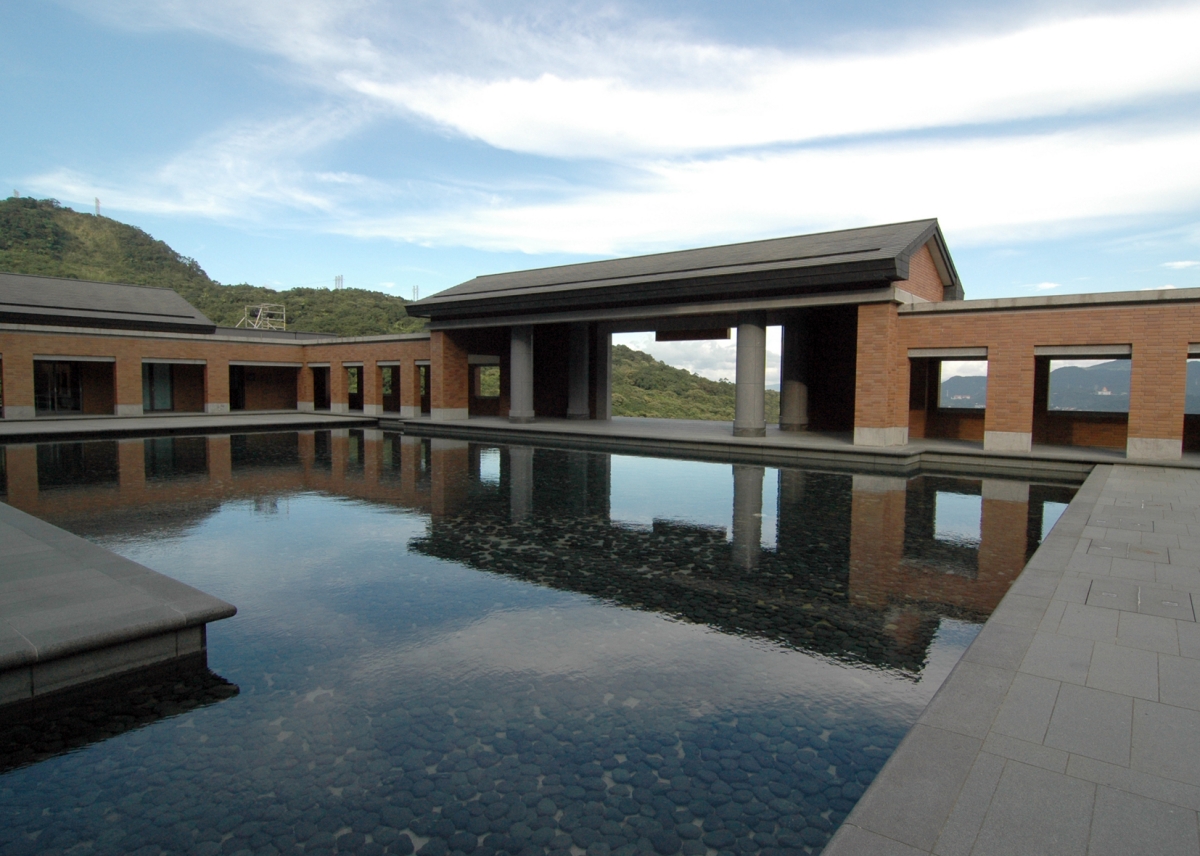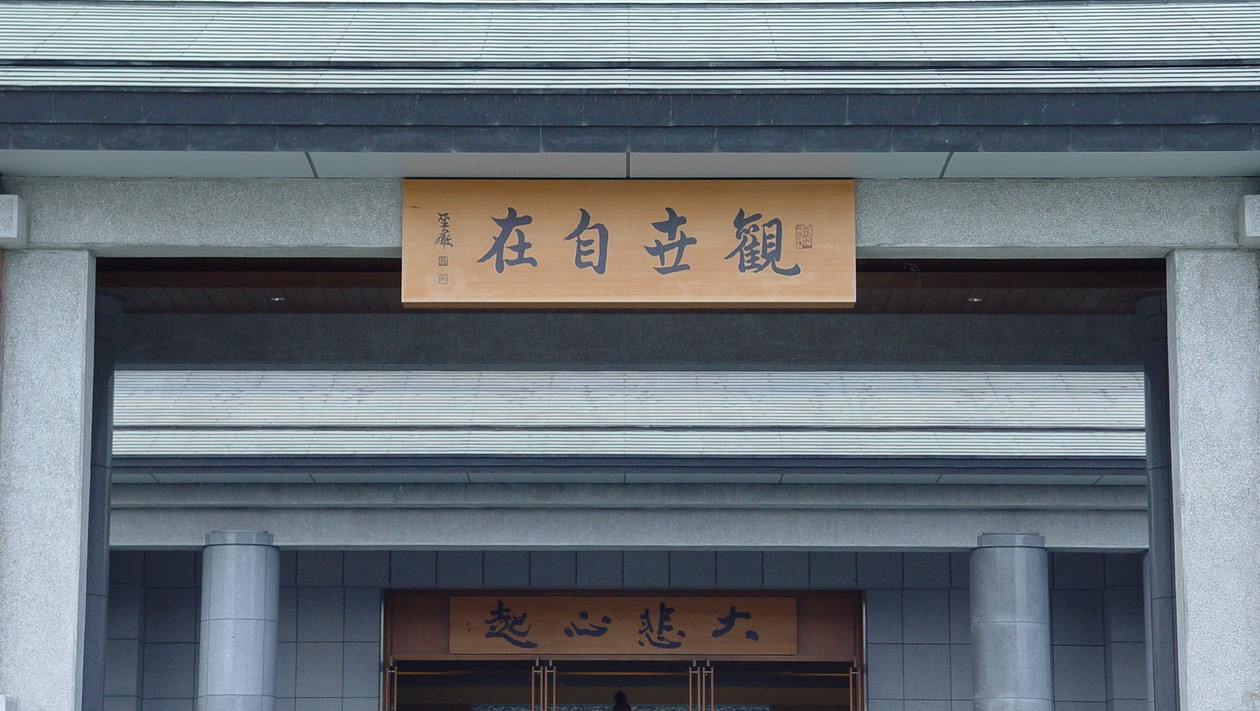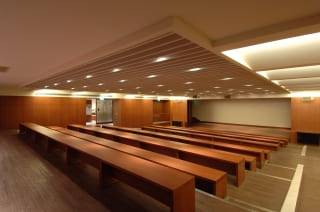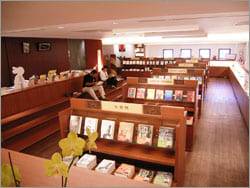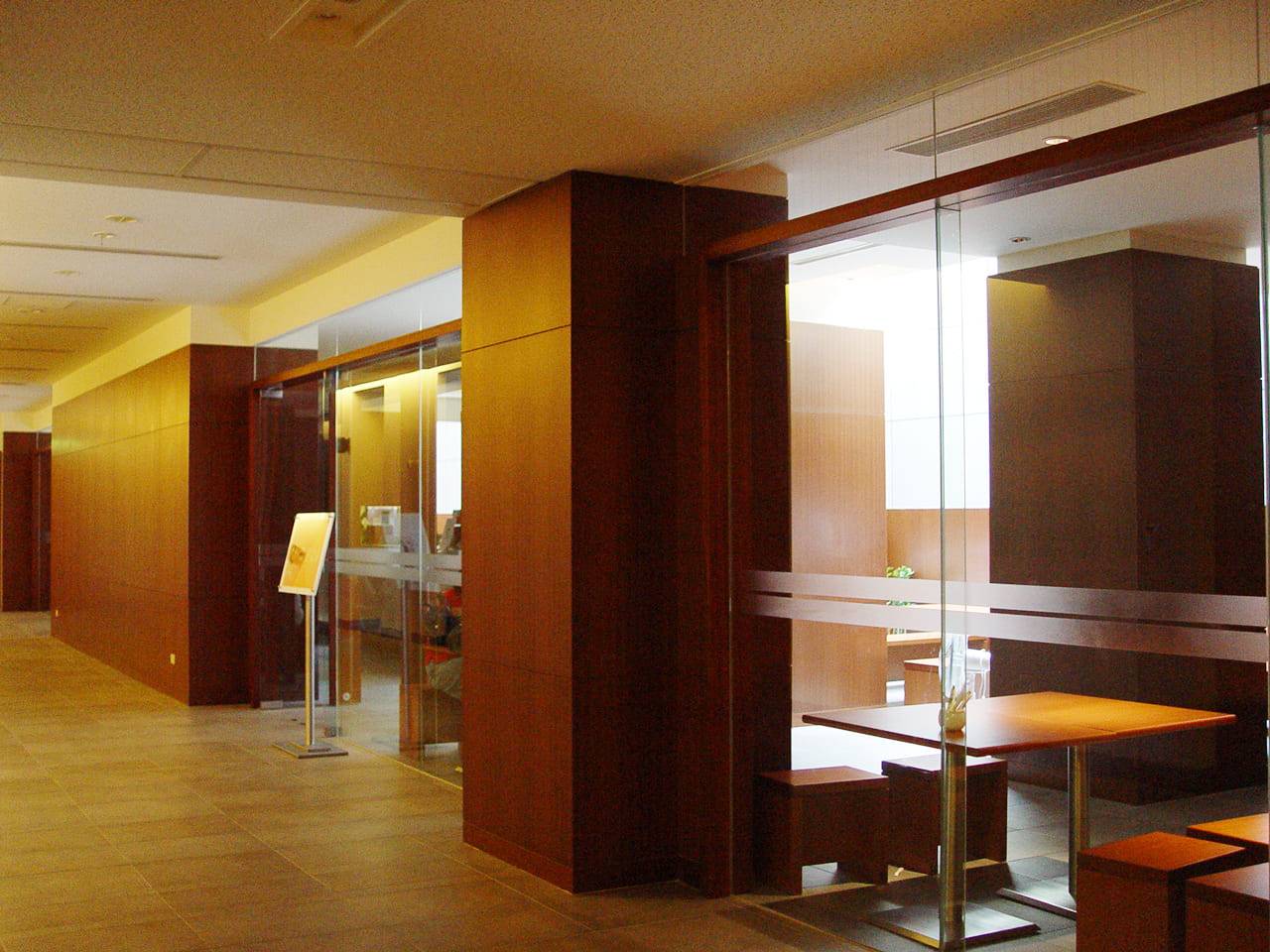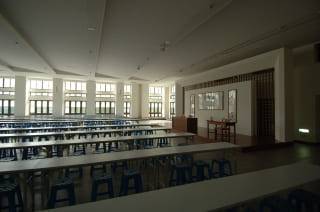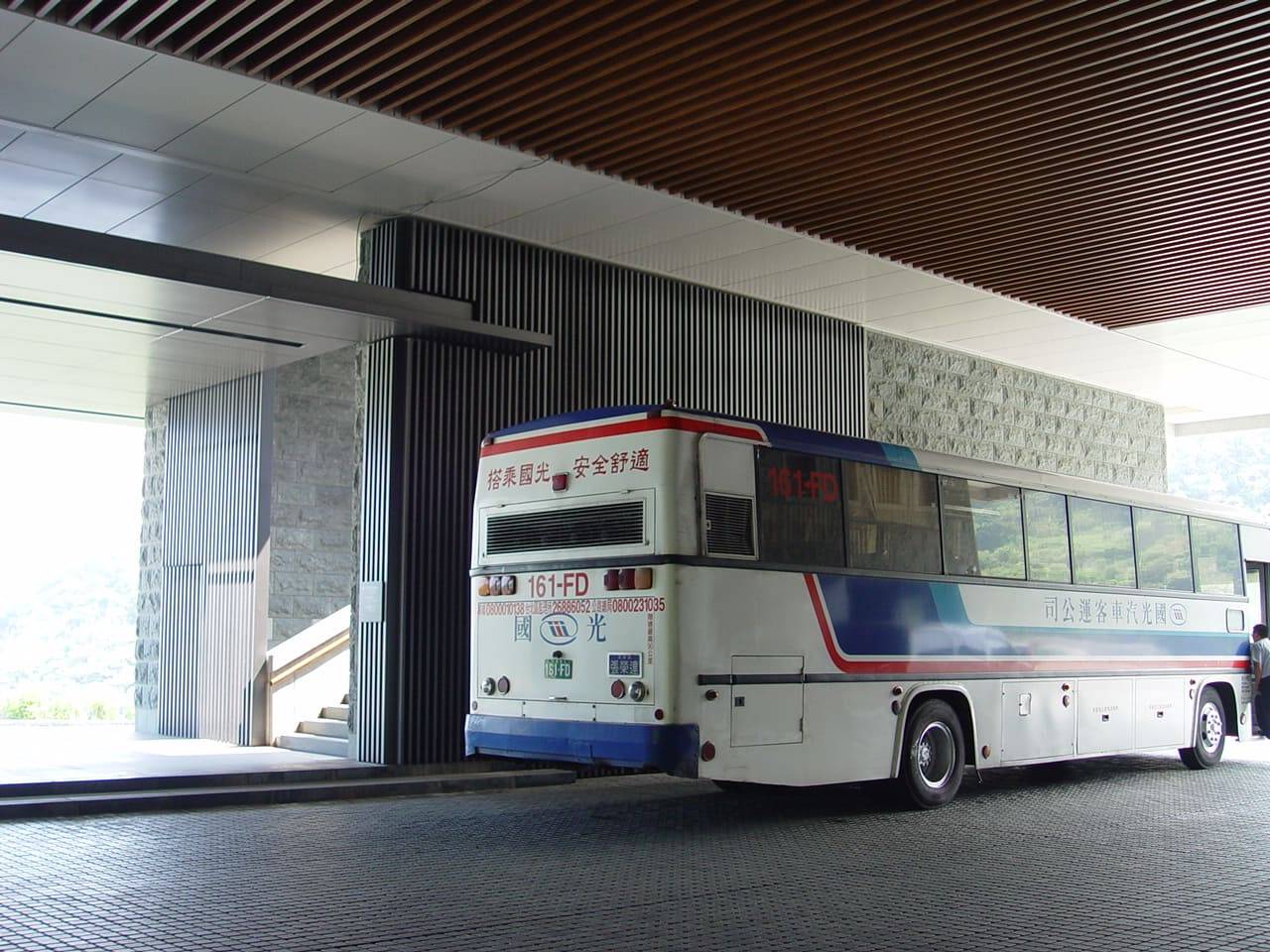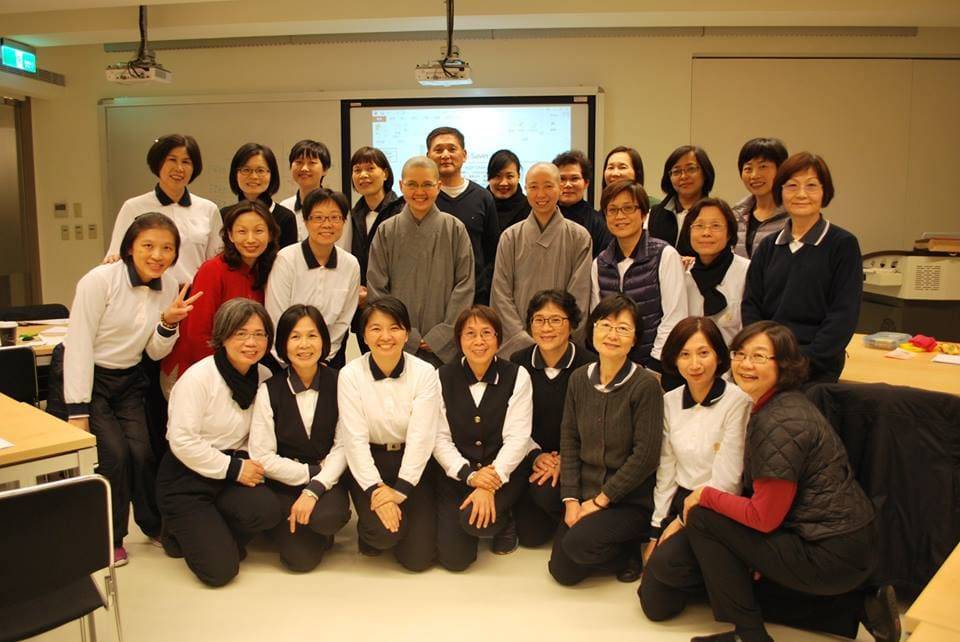The Statue of the Wish Fulling Guanyin Bodhisattva
Eyes downcast and head slightly tilted, the Bodhisattva hears the sound of the Dharma from the Grand Buddha Hall and prayers of sentient beings. Seated in the half lotus position, right foot on the ground, the Bodhisattva is ready to relieve sentient beings of their suffering at any time. The right hand forming the Dharma-teaching mudra symbolizes teaching the Dharma to sentient beings. The left hand pours ambrosia from a vase to dissolve their afflications. The statue's facial expression and gesture are based on visions Master Sheng Yen expereinced during meditative concentration. The phrase "Wish Fulfilling Guanyin" is not found in Buddhist texts. It was coined by Master Sheng Yen based on the Bodhisattva's great compassion in universally answering prayers, in the hope of inviting people's sincere prayers and vows to Guanyin, therefore creating more peace and reducing suffering for the world. The Mantra of Great Compassion is frequently recited in the Hall, and many devotees have witnessed the statue's efficacy. According to Avatamsaka Sutra (Flower Ornament Sutra), the bodhimanda (place of enlightenment) of the Bodhisattva is said to be located on Mount Potalaka in Southern Indian Ocean and his manifestation in China was at Mount Putuo, an island off the shore of Zhejiang. To indicate the relation between Guanyin and the sea, there is a cascade of water behind the statue, to be appreciated along with the wave-shaped ceiling and the ripples of the pool in the couryard, symbolizing the Bodhisattva sitting by the South Sea listening to the ocean waves practicing meditation. Furthermore, the glistening pool and the ocean off the Jinshan Plain evoke the feeling of Bodhisattva's vast compassion and wisdom. Material: bronze Height : 3 meters Weight: 2.5 tons Features: The Tang-style Satue features a tall topknot, long, fine eyes and eyebrow, and legant countenance. Also featured are a simple but delicate necklace, a ribbon anging on both arms, the left hand pouring ambrosia from a vase, and a skirt-like lower robe tied at the waist. The lines are vivid and lifelike. The statue emanates a feeling of solemnity and spontaneity.

